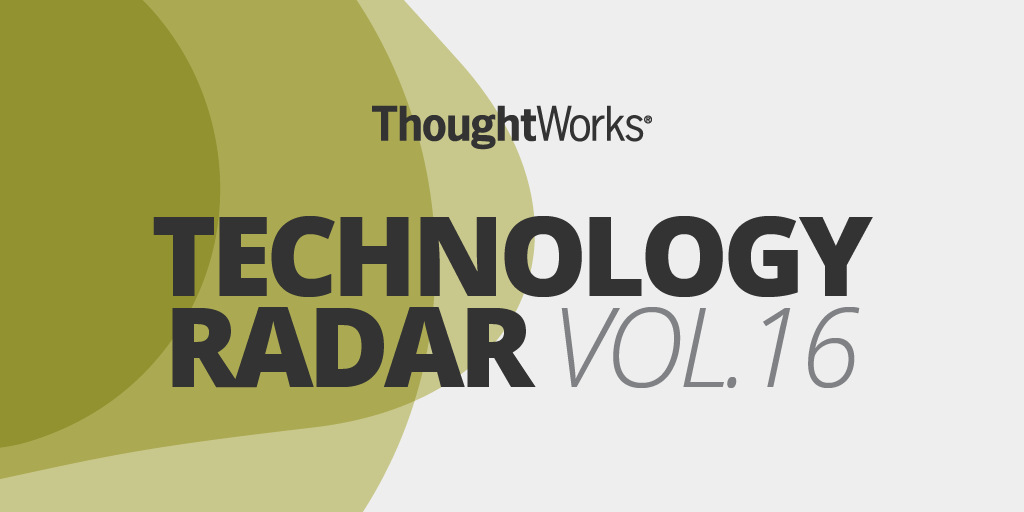Technology strategy
Intelligent Empowerment: The Next Wave of Technology-led Disruption




Disclaimer: The statements and opinions expressed in this article are those of the author(s) and do not necessarily reflect the positions of Thoughtworks.
